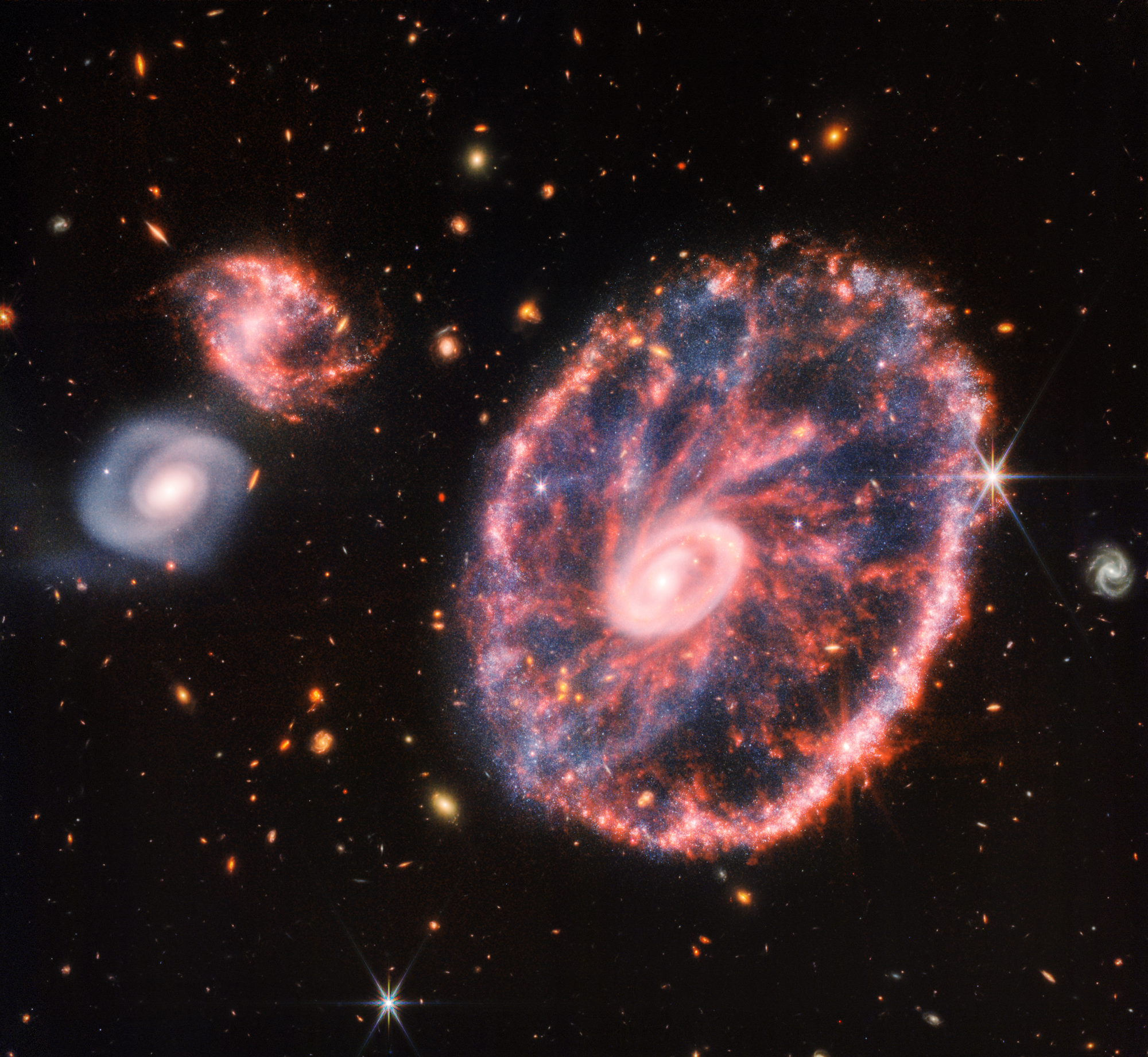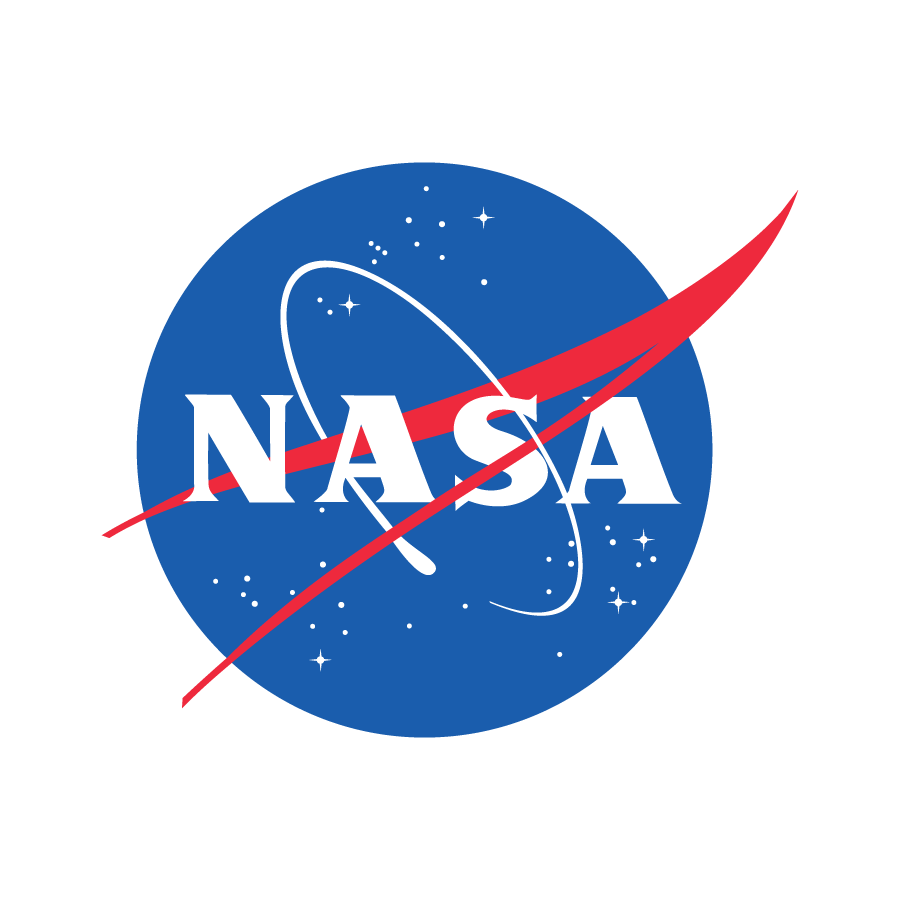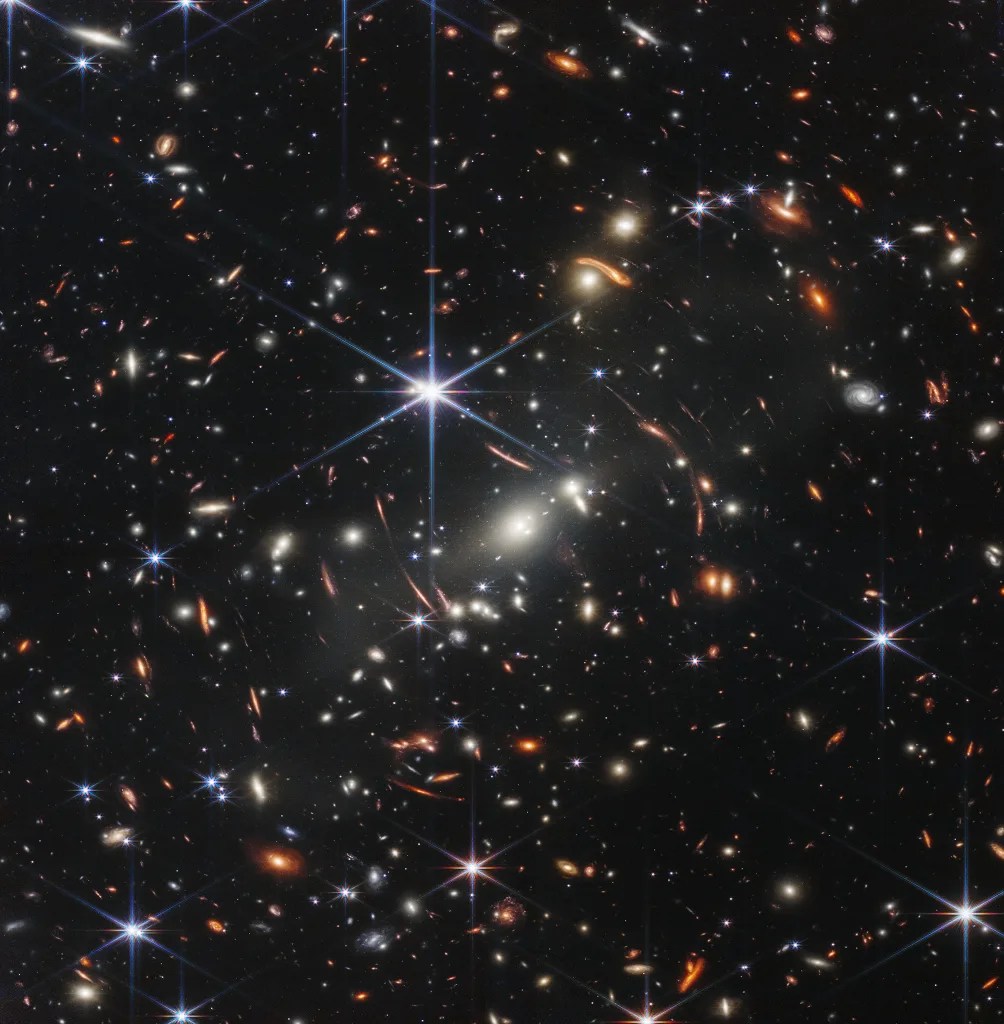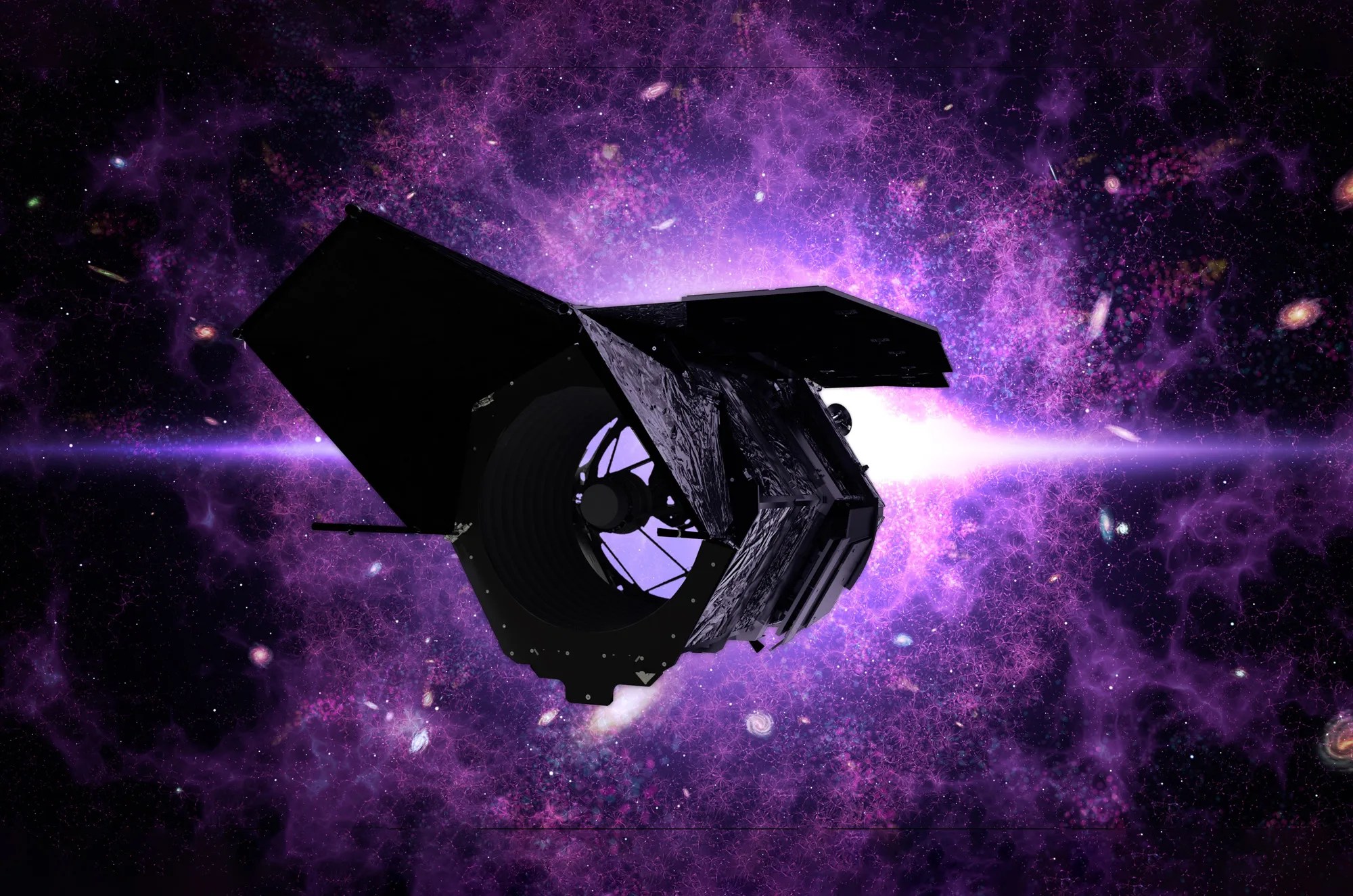
Community
The science and technology working groups will focus on several key early activities to guide the maturation of the Habitable Worlds Observatory.
Working Groups
The science and technology working groups' coordinated activities will ensure the scope of HWO is clearly defined, advance the technologies that will enable HWO to deliver its revolutionary science, and plan additional steps for long-term preparation.
The science groups will quantify HWO's science objectives using Astro2020's guidance, outline the observatory and instrument capabilities needed to accomplish these goals, and develop the science goals for the observatory.
The technology working groups will study the architecture options, identify and assess the mission architecture and technologies needed to enable these options, and evaluate the risks associated with these options.
The list of Working Groups is continuing to grow and evolve, but the current version is available in the graphic below.

Join the Mailing List
To subscribe to the HWO News mailing list, send an email to hwo-news-join@lists.nasa.gov
- You do not have to put anything in the subject line or the body.
- You will receive an email requiring you to confirm your email address.
- Follow the instructions in the email to confirm.
To unsubscribe, send an email to hwo-news-leave@lists.nasa.gov
- You do not have to put anything in the subject line or the body.
- You will receive an email requiring you to confirm your email address.
- Follow the instructions in the email to confirm.
NASA Selects Groups to Guide HWO Activities
NASA has selected 56 individuals to participate in groups that will guide maturation activities for the Habitable Worlds Observatory (HWO).
Learn More




